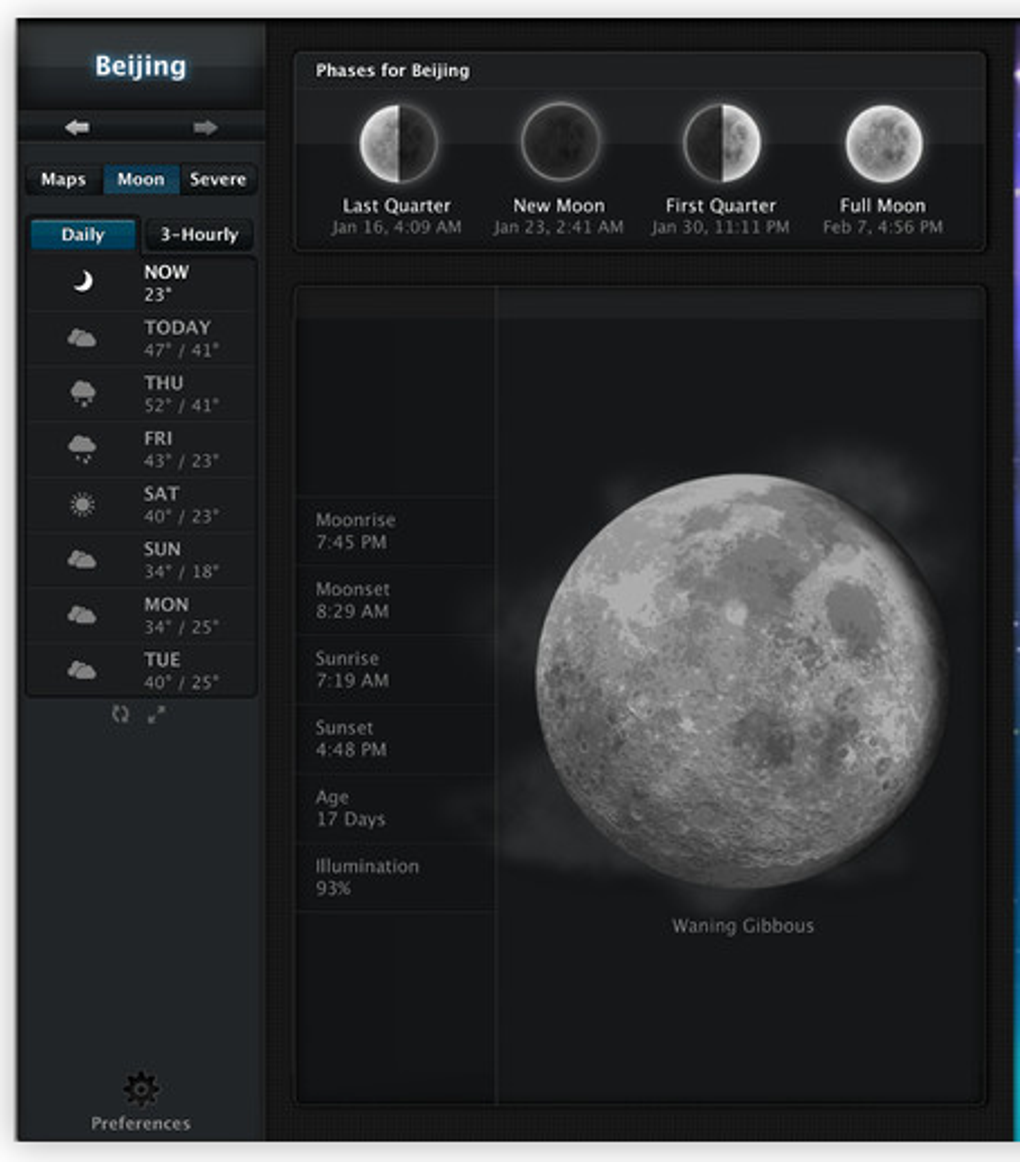
Then, cut it from the destkop and paste it into the quick launch folder. If the shortcut isn't present in the quick launch, right-click on "C:\Progam Files\launcher.exe" and choose to create the shortcut on the desktop.
#DESKTOP ICON MANAGER WINDOWS#
Then, in Windows Explorer, goto "C:\Users\yourusername\AppData\Roaming\Microsoft\Internet Explorer\Quick Launch", right-click on the Opera shortcut, goto "properties", goto the "shortcut" tab and make sure the command points to "C:\Program Files\Opera\launcher.exe". In the Windows Task Manager, restart Windows Explorer. Once Opera is uninstalled, close it and unpin it from the taskbar and delete its desktop icon. "HKEY_CURRENT_USER\Software\Classes\OperaStable"ĭownload, launch it, click "options", set "install path" to "C:\Program Files\Opera" (not "C:\Program Files (x86)\Opera"), set "install for" to "all users", uncheck "import data from default browser", adjust the other options and install. "HKEY_LOCAL_MACHINE\SOFTWARE\Classes\OperaStable" "HKEY_LOCAL_MACHINE\SOFTWARE\Clients\StartMenuInternet\OperaStable"
"HKEY_CURRENT_USER\Software\Clients\StartMenuInternet\OperaStable" "HKEY_CURRENT_USER\Software\Opera Software"Īny Opera strings (at least for Opera Stable) in "HKEY_CURRENT_USER\Software\RegisteredApplications".Īny Opera strings (at least for Opera Stable) in "HKEY_LOCAL_MACHINE\SOFTWARE\RegisteredApplications". In the registry (via regedit), delete all these keys/strings in the registry if they're present: Inspect "C:\ProgramData\Microsoft\Windows\Start Menu\Programs" directly in Windows Explorer too.ĭelete everything (or at least Opera-related files and folders) in "C:\Windows\temp" and "C:\Users\yourusername\AppData\Local\temp". Inspect "C:\Users\Public\Desktop" for the same. Do the same for the "User Pinned" folder in there. Actually goto "C:\Users\yourusername\AppData\Roaming\Microsoft\Internet Explorer\Quick Launch" in Windows Explorer to confirm there are no Opera shortcuts there. Also, delete any that are in the Quick Launch. Delete any Opera shortcuts that are on the start menu or your desktop. Unpin any Opera icons on the taskbar that are left. (At least delete the one for Opera Stable.) In the Windows Task Scheduler, delete any Opera autoupdate tasks you see. Do the same thing with "C:\Users\yourusername\AppData\Local\Opera Software\Opera Stable". If you chose not to keep your data when uninstalling, delete "C:\Users\yourusername\AppData\Roaming\Opera Software\Opera Stable" if it's still there. Do the same for the "C:\Users\yourusername\AppData\Local\Programs\Opera" folder if it's there. Do the same for the "C:\Program Files\Opera" folder if it's there. Choose to keep your data if you want.ĭelete the "C:\Program Files (x86)\Opera" folder if it's still there. Uninstall Opera via Programs and Features in the Control panel. This might not get rid of it, but first, make sure Opera is set up properly and installed in the right spot. Same happens if I use Quick Launch shortcut When I use newly created shortcut (by Opera each time I start Opera) that is on the Desktop, over the Desktop Opera shortcut appears right click contexts menu.
#DESKTOP ICON MANAGER WINDOWS 10#
Windows 10 can have Quick Launch and pined programs to Taskbar.

Is it possible there is some connection?Įven if i use this desktop icon, i get right click menu.Ĭould you clarify? Are you saying that when you double-left-click the Opera's desktop shortcut, it's as if you right-clicked it and went to properties?
Last time Opera updated, it pined it self on Taskbar. The x86 implies that you're on 64-bit windows, but have 32-bit Opera installed. What Windows are you using? "Quick Launch" implies WinXP, but "pin my Opera to "Taskbar" implies Win7 or newer.Īlso, I see Opera is installed in "C:\Program Files (x86)\Opera".

said in Opera makes new desktop icon at each startup. Denistablica last edited said in Opera makes new desktop icon at each startup.


 0 kommentar(er)
0 kommentar(er)
